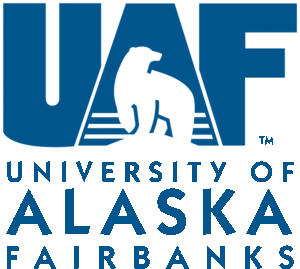What: The HAARP Research Station, An Engineers View of This Unique Research Facility
When: March 8, 2016 6:30 PM
Sponsor: Cavell, Mertz & Associates, Inc.
The Tuesday, March 8th, meeting featured a presentation describing the design, construction, and operation of the High Frequency Active Auroral Research Program “HAARP” Research Station located in Gakona, Alaska. Guest speaker, Steve Floyd, was the Chief RF Design Engineer for the HAARP facility for 18 years and remains an active consultant to the program. Steve is currently a Principal Systems Engineer at General Dynamics Corporation in Fairfax, Va.
The presentation focused on the engineering design, equipment manufacturing, site construction, and operational summary of this most unique broadcast facility. The HAARP Research Station is a state-of-the-art ionospheric research project located in Alaska and was jointly funded by the U.S. Air Force, U.S. Navy, and the Defense Advanced Research Projects Agency (DARPA). Designed and built by a Washington, DC based APTI/BAE Systems team, its purpose is to analyze the Earth’s ionosphere and investigate the potential for developing ionospheric enhancement technology for radio communications and surveillance. In 2015, the HAARP program and all assets were officially transferred to the University of Alaska Fairbanks (UAF) and the facility is scheduled to resume operations this summer (2016).
The most prominent instrument at the HAARP Research Station is the Ionospheric Research Instrument (IRI), a 180 antenna tower array, and 180 individual radio transmitter systems, operating in the high frequency (HF) band with an effective radiated power of 5 Gigawatts. The HAARP IRI is recognized as one of the highest powered HF transmitting systems in the world and is used to temporarily excite a limited area of the ionosphere for scientific study. Other instruments at the facility include; VHF and UHF radars, a fluxgate magnetometer, a digisonde (an ionospheric sounding device), an induction magnetometer, and low light CCD camera optics systems which were all used to study the physical processes that occur in the excited region. The HAARP facility also has its own 15 megawatt diesel engine based power generation plant, and a modern operations center.
Work on the HAARP Research Station was started in 1993 and completed in 2007. Scientific operations began in 1996 and were temporarily suspended in 2014 due to federal budget problems. The program is recognized as a highly successful research project overcoming many unique and unusual radio engineering design challenges. This presentation provided an inside view describing how the HAARP systems were designed, constructed, installed, and operated with emphasis on the unique engineering aspects of constructing this modern research facility. Examples of scientific research conducted at the facility were also be presented.
Steve Floyd is a graduate of VA Tech, a former student DJ and Chief Engineer at WUVT-FM in Blacksburg, VA, and obtained his MSEE from Johns Hopkins University. His current responsibilities are primarily involved in the design of high power SDR based radar systems, including EW and communications systems, at General Dynamics Mission Systems. Steve is also active in the broadcast industry and has a lifelong love of radio broadcasting and amateur radio.
Thanks to our friends at WTOP who hosted this meeting at their facility. A bite to eat was provided by Cavell Mertz & Associates, Inc. We discussed some Chapter 37 business about 6:45 PM and our presentation began about 7:00 PM.

